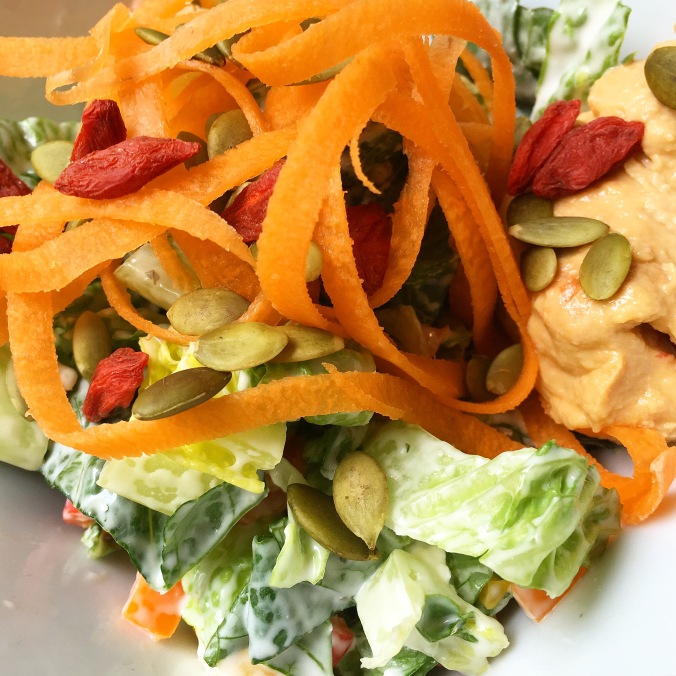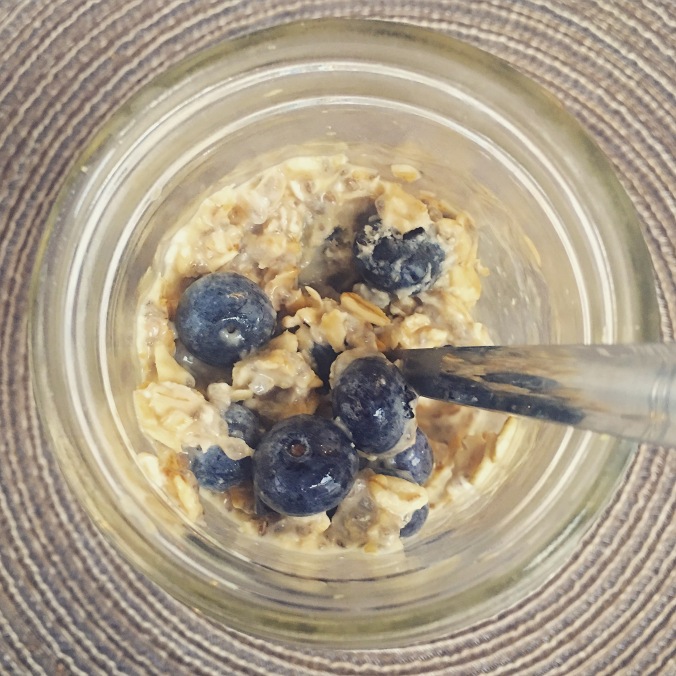This growing season I decided to grow an entire Tower Garden of Kale. You’ve probably heard or read that Kale is one of the most nutrient-dense plants on the planet and full of of great vitamins, minerals, and antioxidant properties.
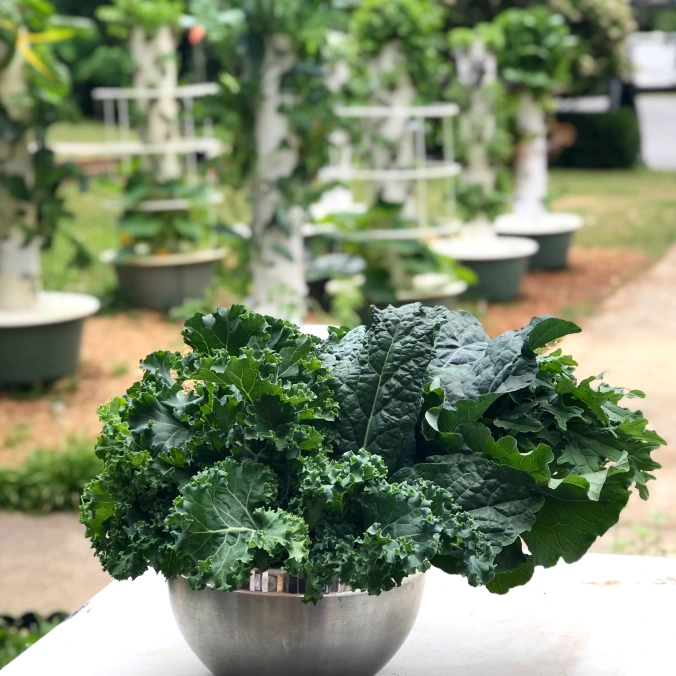
A single cup of raw kale (about 67 grams or 2.4 ounces) contains (1):
- Vitamin A: 206% of the DV (from beta-carotene)
- Vitamin K: 684% of the DV
- Vitamin C: 134% of the DV
- Vitamin B6: 9% of the DV
- Manganese: 26% of the DV
- Calcium: 9% of the DV
- Copper: 10% of the DV
- Potassium: 9% of the DV
- Magnesium: 6% of the DV
- It also contains 3% or more of the DV for vitamin B1 (thiamin), vitamin B2 (riboflavin), vitamin B3 (niacin), iron and phosphorus
A single cup of raw kale is equivalent to 33 calories, 6 grams of carbs (2 of which are fiber), and 3 grams of protein. This is definitely a plant to put into your wheelhouse of what to eat on a regular basis!
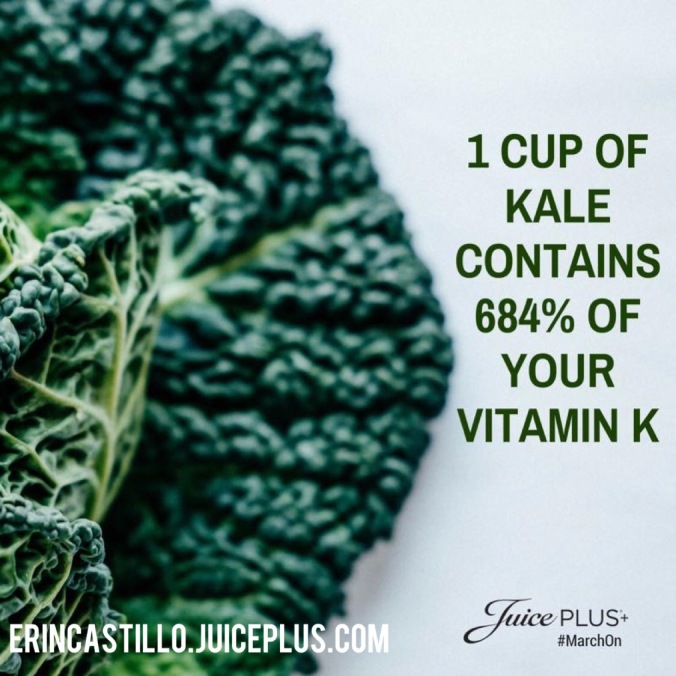
I was fine with purchasing kale from the grocery store until I learned through Environmental Working Group’s (EWG) 2019 Dirty Dozen™ analysis and report that Kale has higher pesticide residues than nearly all other produce found on supermarket shelves. Kale actually ranked third, after strawberries and spinach as having the most pesticide residues of products tested! That’s astonishing considering that I can grow it on my hydroponic / aeroponic Tower Garden without using any pesticides! Pesticides are known to be an Endocrine Disrupting Chemicals (EDCs) and can have a significant impact on the health of women with PCOS. EDCs are linked to increasing estrogen and testosterone, affecting fertility, causes weight gain, and even one’s glucose metabolism. According to EWG, 92 percent of conventionally grown kale samples had at least two or more pesticide residues. Some samples contained residues from as many as 18 different pesticides!
So, on one hand, we need to eat this plant to optimize our health and fight cancer and yet on the other hand, we can’t eat it from the store, because the food production system is spraying it with the very thing that contributes to disrupting our hormones. In short, grow this plant and eat it.
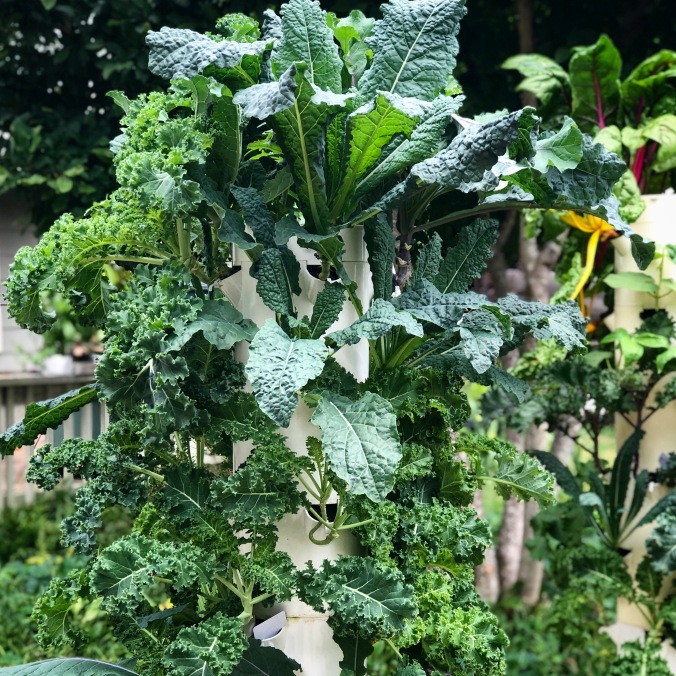
“But I can’t grow anything! I have a black thumb!” I can just hear some of you say right now. Well, I used to be in a similar spot when I first moved to the South. Our ground in our yard was chalk-full of clay and I continually fought growing vegetables in the soil — even when I tried to amend it with packages of compost. About 7 years ago, I got fed up trying to constantly fix the soil (and fight the insects in the soil) and thought that there has to be a better way. And that’s when I learned about hydroponics, aeroponics, and aquaponics. These are different methods of growing food with water and nutrients.
For the sake of brevity, I’ll only focus on hydroponics & aeroponics here because there’s a tool you can invest in to make growing food easy-peasy-breezy turning the blackest thumb to green! If you have a moment, head on over to Tower Garden and watch a few videos on my preferred growing system. I love hydroponics because you can grow food 30% faster with 98% less water than traditional gardens. Not to mention, because the plants are getting the right amount of nutrients, they typically grow 30% bigger than soil-grown plants! I at first balked at the cost of the system because I had the wrong mindset. I would pay thousands on health insurance, but almost nothing on ways to proactively improve my health. After my husband had his heart attack, we began rethinking the path we were currently on and decided to start pro-actively invest in our own health and the health of our family — we took the plunge and bought three Tower Gardens and that has been the BEST DECISION EVER!
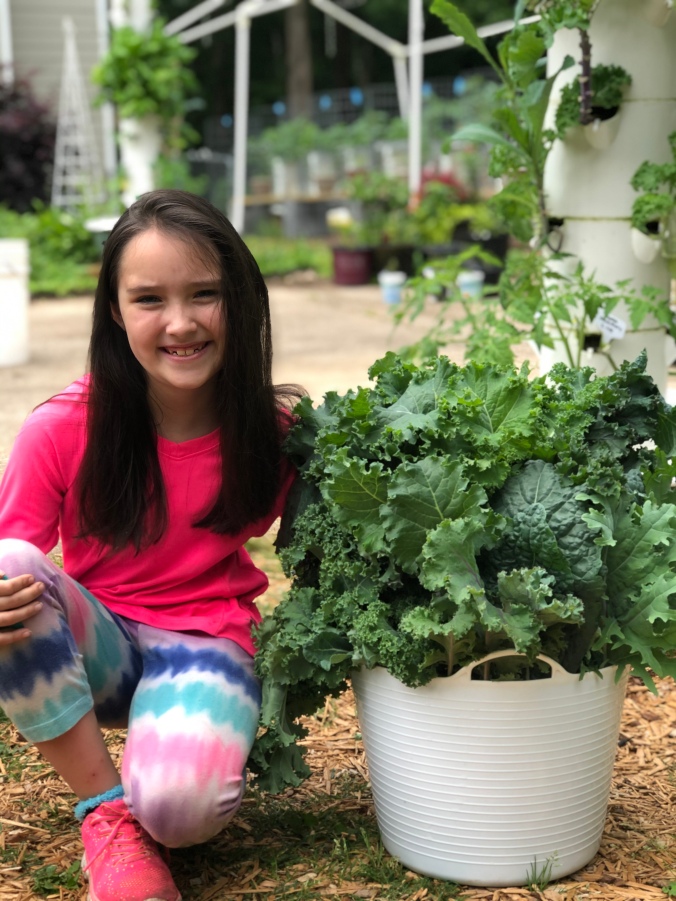
Our daughter helping me bring in the kale from our Tower Garden
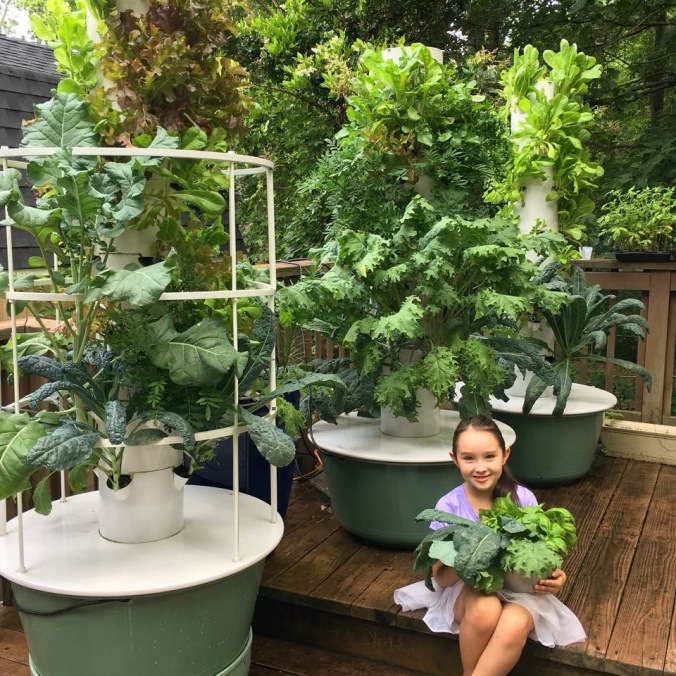
Our daughter has been helping us bring in the kale harvest for several years! You’re never to young or to old to learn how to eat healthy food.
I tell you over the past three years, the systems have MORE THAN paid for themselves in cost savings! My cystic acne has cleared up eating greens and food I’ve grown (no Endocrine Disrupting Chemicals or Pesticides to worry about because I know what I put or don’t put on my growing food!) and I also started taking JuicePlus+ capsules to fill in the gaps for the times in my life where I maybe wasn’t getting all my fruits and veggies in like I should each day. I AM SO GLAD that we took the leap to grow our own food this way. I am especially motivated because I have a daughter that could possibly have the same PCOS genes I have and I want to give her a fighting chance to beat PCOS and develop healthy habits from a young age.
Whether you grow in hydroponics or in soil, I hope you will want to learn more about how to grow food. I invite you to check out and follow our sister site Grow Your Health Gardening — I’d love to show you how to grow healthy nutritious food with minimal effort.
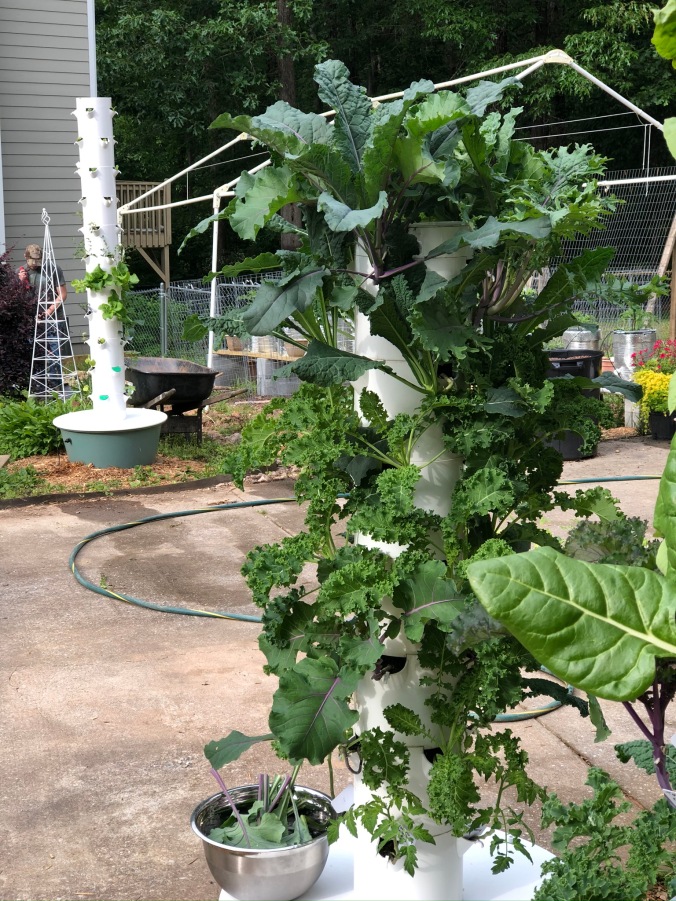 Getting back to my Tower Garden of Kale … I have five different varieties of 28 Kale plants growing in less than a 2.5′ x 2.5′ space. I harvest every 4 days and the plants just soak up the sun and keep growing and growing! I couldn’t be happier with the production of this plant. I haven’t had to spray my plants with any pesticide. Kale is a cool season crop meaning it grows in the spring and in the fall. Here in Atlanta, it will keep producing in the 65ºF-80ºF weather but will probably start going to seed as we enter the 90ºF weather. At that point, I’ll pull the Kale and put another veggie in it’s place that loves the warm weather. Come September, I’ll put another round of Kale in and stock my freezer and pantry full of Kale for the winter ahead.
Getting back to my Tower Garden of Kale … I have five different varieties of 28 Kale plants growing in less than a 2.5′ x 2.5′ space. I harvest every 4 days and the plants just soak up the sun and keep growing and growing! I couldn’t be happier with the production of this plant. I haven’t had to spray my plants with any pesticide. Kale is a cool season crop meaning it grows in the spring and in the fall. Here in Atlanta, it will keep producing in the 65ºF-80ºF weather but will probably start going to seed as we enter the 90ºF weather. At that point, I’ll pull the Kale and put another veggie in it’s place that loves the warm weather. Come September, I’ll put another round of Kale in and stock my freezer and pantry full of Kale for the winter ahead.
-
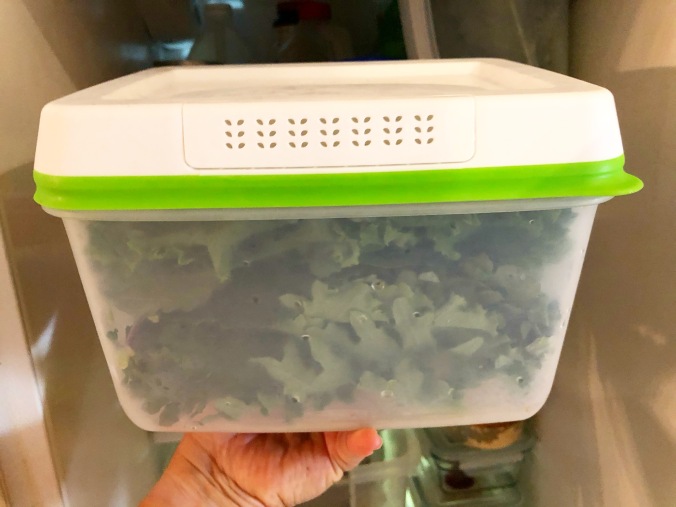
I like to keep my greens in this Rubbermaid Freshworks container. It keeps them fresher longer. You can find one for your fridge here: https://amzn.to/3cZRHPa
My favorite snack to make is Zestylicous Kale Chips. I keep them in a glass Mason jar or in a gallon-size bag and it’s great for a grab-and-go snack. If you have a dehydrator or an oven, you can make this recipe noted below and it’ll keep in a glass jar with an oxygen absorber on a cool pantry shelf for at least one year. (Some sources I’ve read on dehydrating claim even longer, but on the safe side, I’ll say a year.)
As you may notice, this recipe incorporates some hemp powder. If you are unfamiliar with hemp seeds or hemp powder, it has a higher concentration of soluble and insoluble fiber meaning you will feel full faster and stay full longer. This is important especially if you’re trying to lose weight. You want to eat foods that help you feel full without high caloric intake of carbs or sugars. In addition, a 2016 study discovered that hemp has very strong anti-inflammatory properties and has a “great potential to dampen [the] inflammatory processes and improve signs and symptoms of several inflammatory diseases.” And finally, hemp seeds contain the perfect 3:1 ratio of omega-6 to omega-3 fatty acids, which is considered the optimal ratio for heart, skin, and brain health. One thing to watch out for with hemp though… it can interact with certain medications: Cardiac glycosides and Diuretics. If you’re taking either types of these medications, skip adding the hemp powder otherwise, I think it will help.
One tip when making these kale chips is to mix dry ingredients together and wet ingredients together first before combining. I also like to use a food-safe glove to work it into the kale, messaging the kale will soften it and help it dehydrate faster.
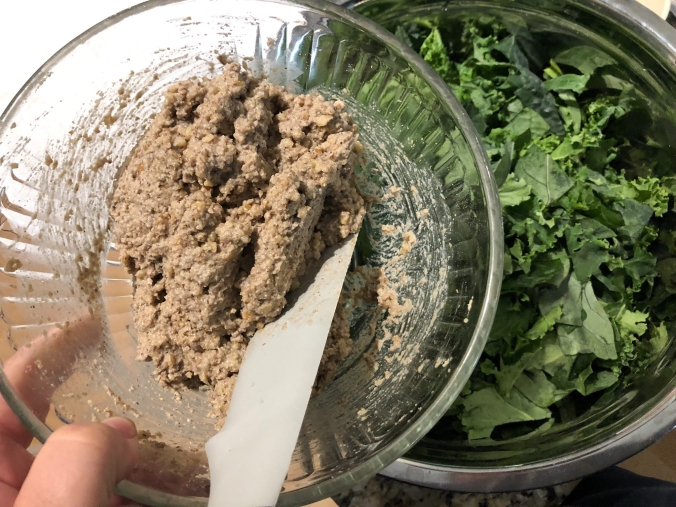
Mix your dry ingredients together first before you add the wet ingredients. Combine and massage into your awaiting clean and nutritious kale.
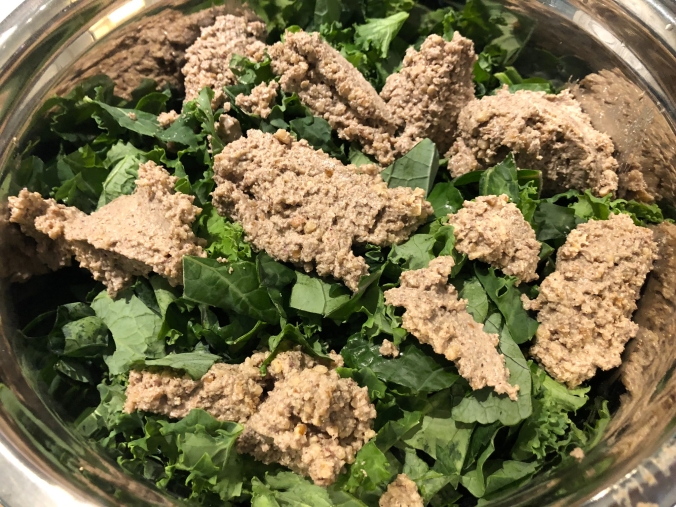
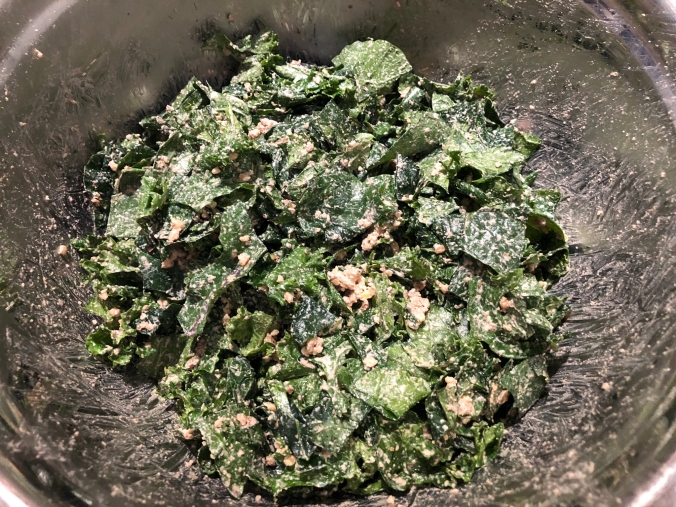
Once you work the wet mix through massaging the kale, your kale will shrink down a bit in volume.
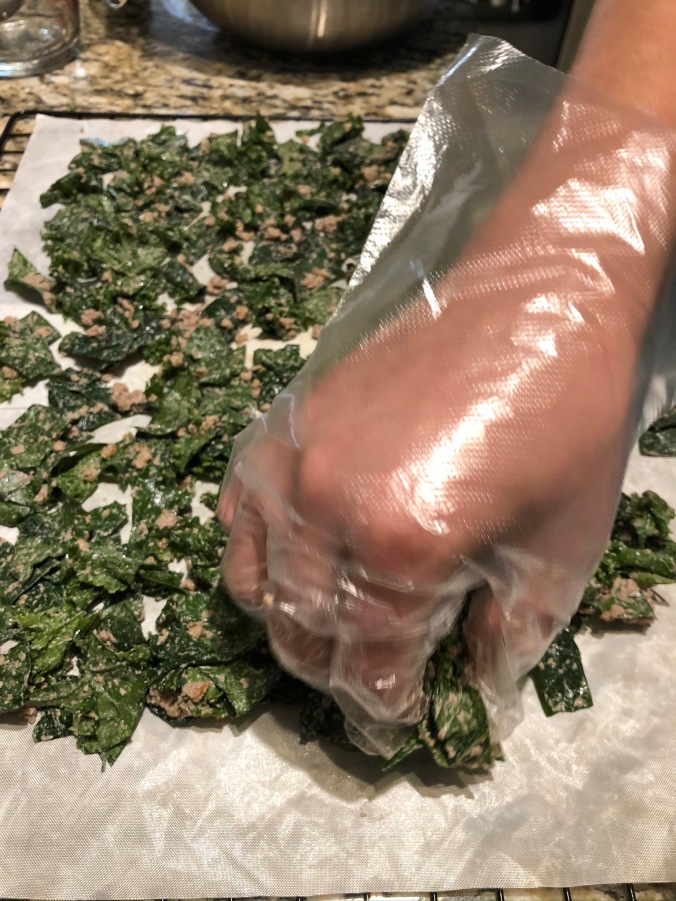
Spread a thin layer of kale chips on a dehydrator sheet. I wear gloves to keep the mix from getting under my finger nails.
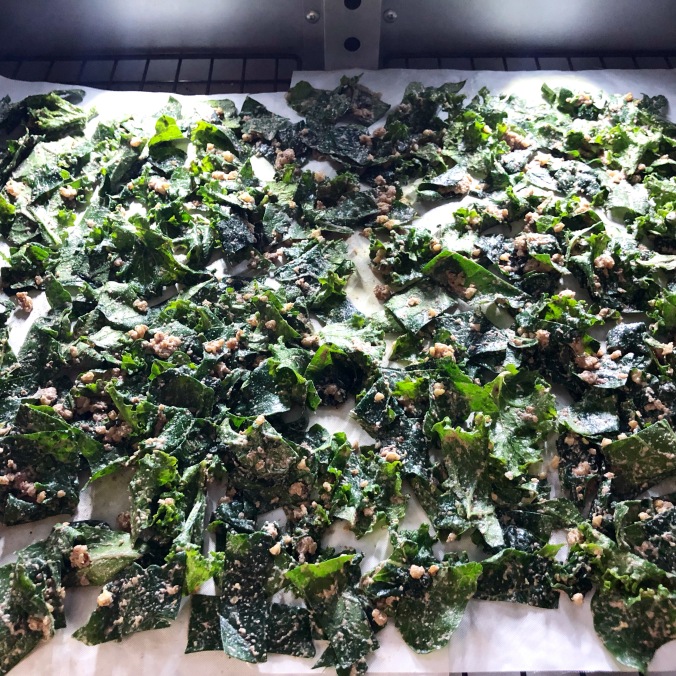
In addition to drying / dehydrating Kale, you can freeze it. You can add frozen kale to smoothies or soups. And any fresh Kale can be made into a tasty fresh Kale Salad or I also like adding it into my quinoa or black wild rice. Think of it like medicine and find ways to incorporate it into you weekly eating regiment. And if you don’t like the texture, find ways to soften it (like cooking it) or disguising it by mixing into soups and grains/rices. I personally have grown to love this plant, but I think it’s in part, because I’ve watched it grow from seed to harvest. There’s something extremely satisfying about eating something you’ve grown from seed because you’ve worked on it. It’s the fruit of your labor. And as you eat it, you appreciate it more because you put a little bit of effort and energy into growing it. You’ve patiently waited for it to grow and in 4 short weeks you begin to reap the rewards of your efforts.
And if you have a Kale recipe you love, please reach out to us and feel free to share. I’m always on the look-out for new ways on how to enjoy this nutrient-packed plant. I hope you will consider adding it to your food regiment and even consider growing it. And if you do, be sure to follow Grow Your Health Gardening and learn as you go. Life change isn’t an overnight event — it’s a journey of making healthy choices every day. I’m proud of you for making time to learn and hope that you continue as you pursue healing and health!
— Erin
Zestylicous

INGREDIENTS:
• 8 cups kale, washed and chopped
• 2 cups raw cashews or walnuts, chopped finely
• 1/4 cup Dehydrated Red Onion, 1/2 cup if using raw red onion
• 5 TBSP nutritional yeast
• 1 tsp garlic powder
• 1/2 tsp black pepper
• 1 tsp salt
• 2 TBSP hemp powder*
• 1/2 cup water
• 5 TBSP fresh lemon juice
TOOLS:
• Dehydrator
• Non-stick Dehydrator Sheets
• Mixing Bowl
• Liquid Measuring Cup
• Measuring Cups
• Teaspoon and Tablespoon Measurement
• Rubber Spatula
DIRECTIONS:
- Place cashews in a bowl. Add water to cover the cashews completely. Cover bowl and soak 4-6 hours.
- Rinse and drain cashews. Set aside.
- Wash kale. Pat dry.
- De-stem kale (take out center stem with a knife) and tear into approximately 3-inch pieces. Place kale pieces in a bowl and set aside.
- To make zesty mixture, blend dry ingredients first; cashews, nutritional yeast, red onion powder, garlic powder, black pepper, hemp powder and salt until thoroughly incorporated.
- Measure water and lemon juice and then add to dry ingredients and mix until smooth. Using a spatula, scrape sides down and continue to blend well until mixed.
- Pour mixture over kale. Put food-safe gloves on and massage mixture into the fresh kale making sure all leaves are coated evenly and no clumps remain.
- Place the coated kale onto coated liners on a dehydrator tray. Make sure that the kale leaves are spaced out evenly. They should not be touching. Also watch that there are no large clumps from the mixture. This will ensure that the kale dries out evenly and quickly.
- Dehydrate for 24 hours at 110°F or until the chips are crisp (around 8-10 hrs).
This recipe is refined-sugar free, gluten-free, corn-free, and lactose-free. *Caution: Do not add hemp powder if you currently take prescriptive medications such as: Cardiac glycosides (i.e.: Lanoxin (digoxin) or a Diuretic (such as Diuril (chlorothiazide), Thalitone (chlorthalidone), Lasix (furosemide), Microzide (hydrochlorothiazide) as it will interact with these drugs and potentially cause harm.





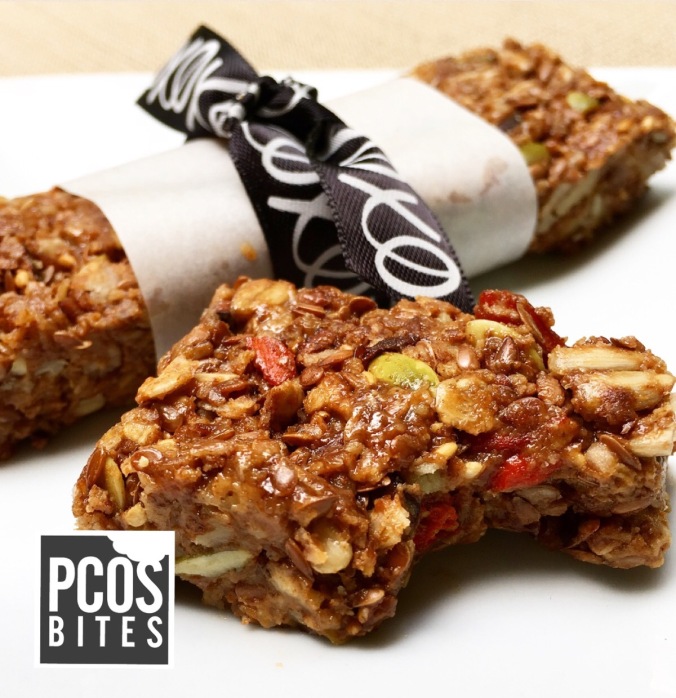

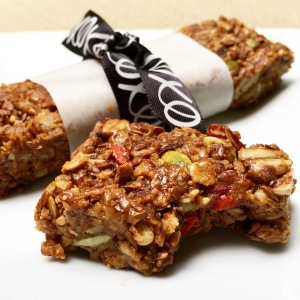
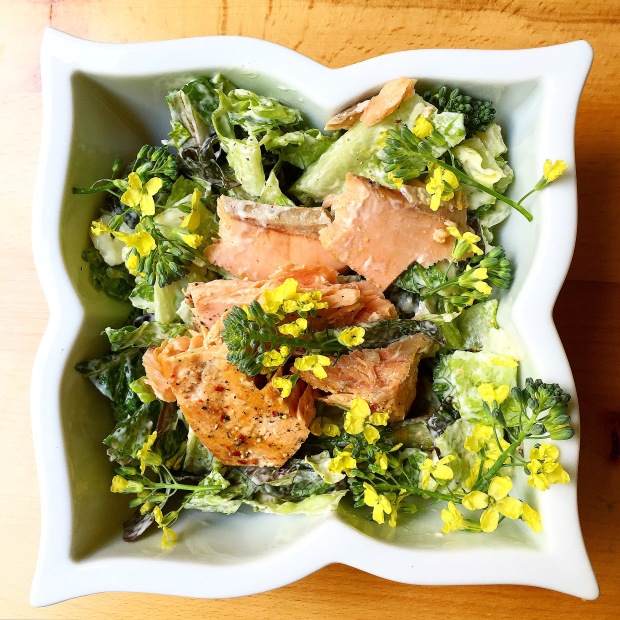
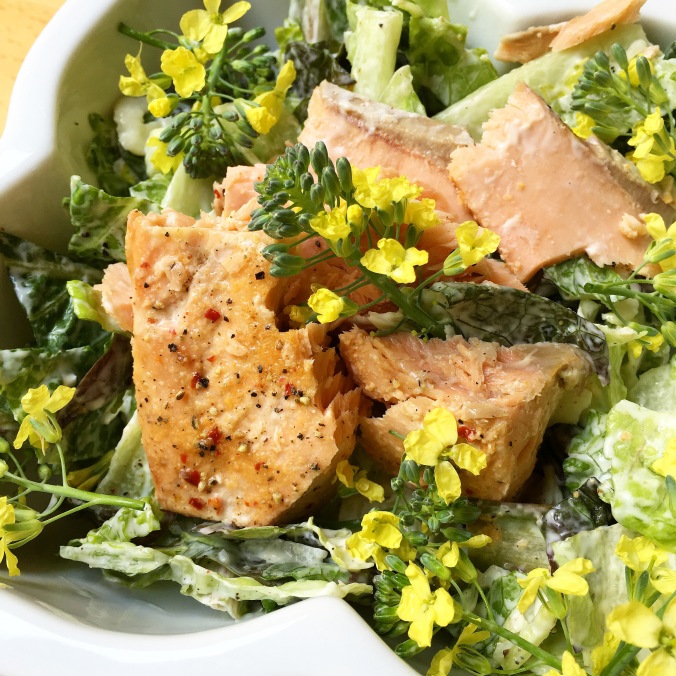
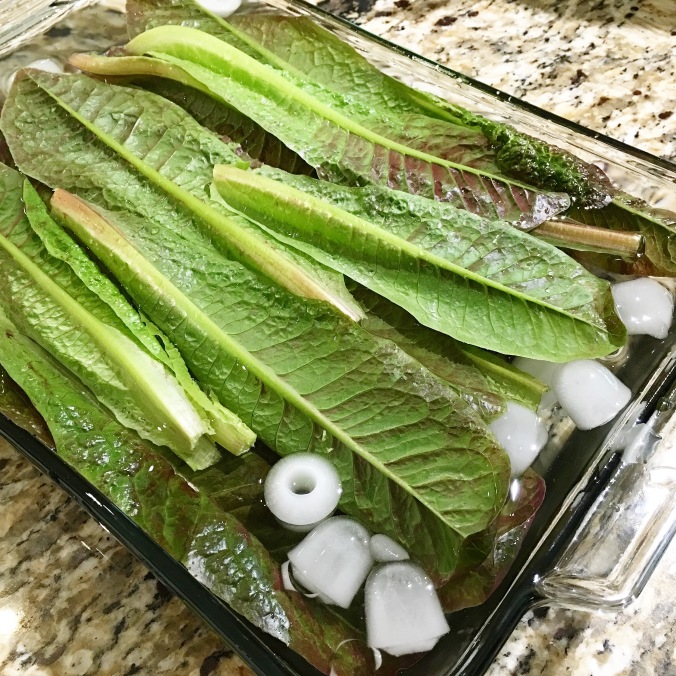
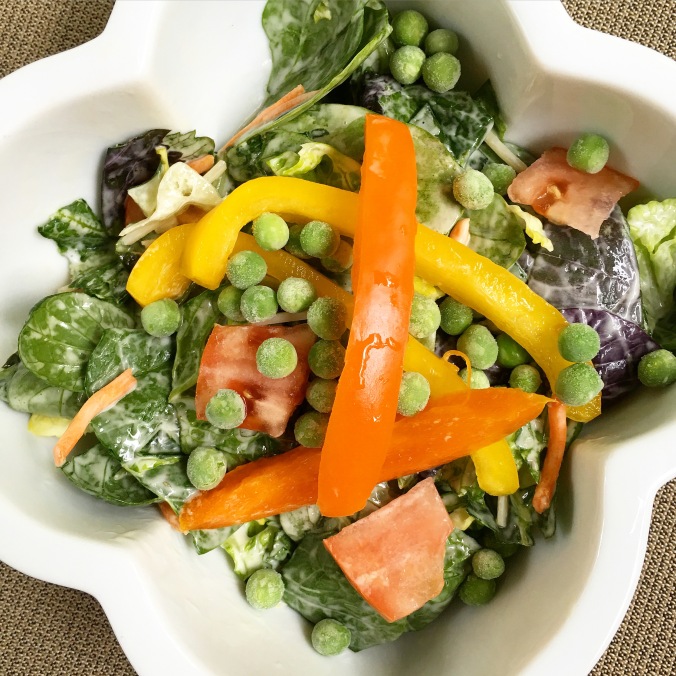
 You need approximately 7-10 cups of salad per day to fuel the cells in your body. And the heavier you are, the more greens you need per day to nourish your body. The good news is that salad is easy for your body to digest. One for lunch and one for dinner and you’ve nourished your body for the day.
You need approximately 7-10 cups of salad per day to fuel the cells in your body. And the heavier you are, the more greens you need per day to nourish your body. The good news is that salad is easy for your body to digest. One for lunch and one for dinner and you’ve nourished your body for the day.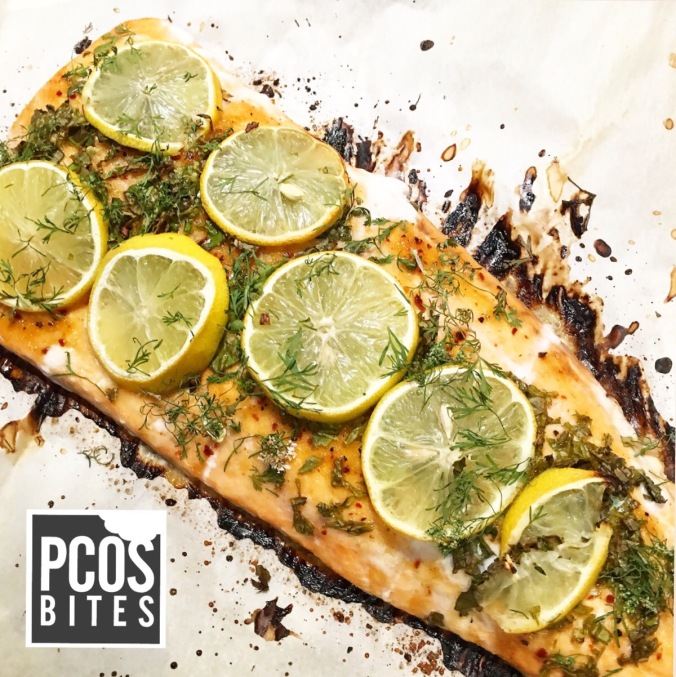
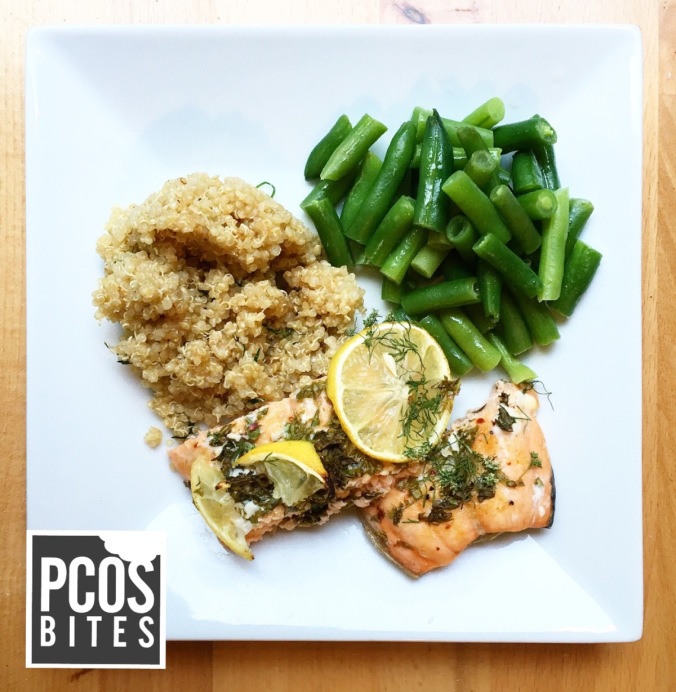
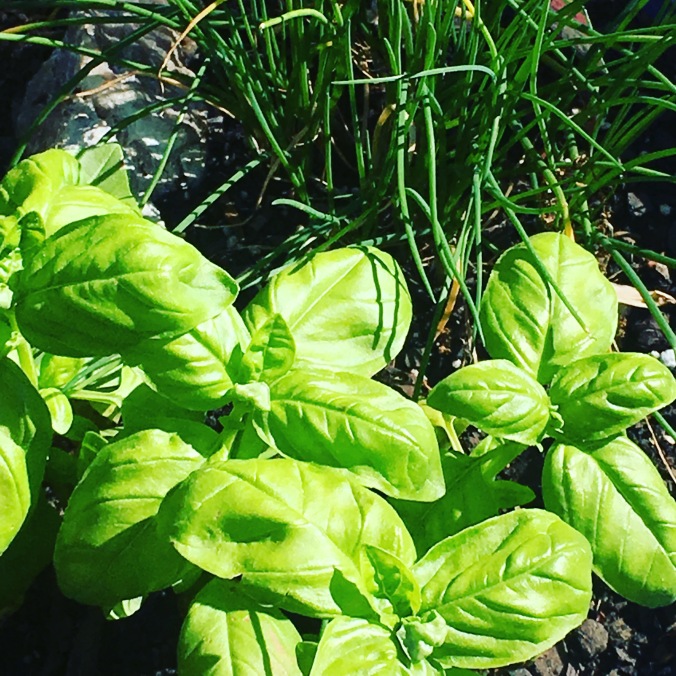
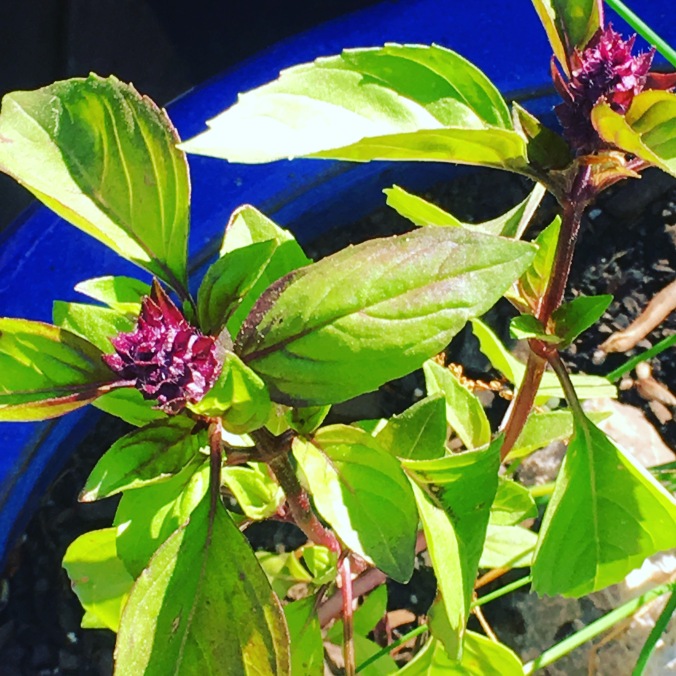
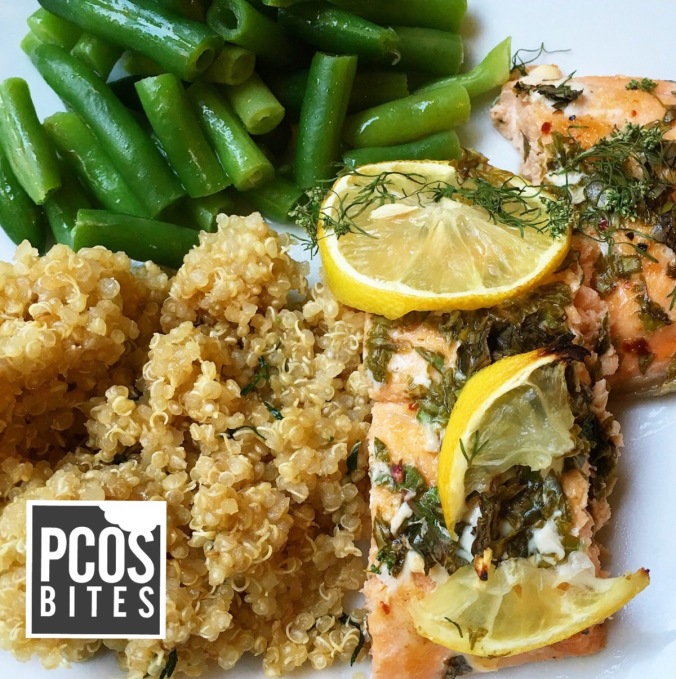

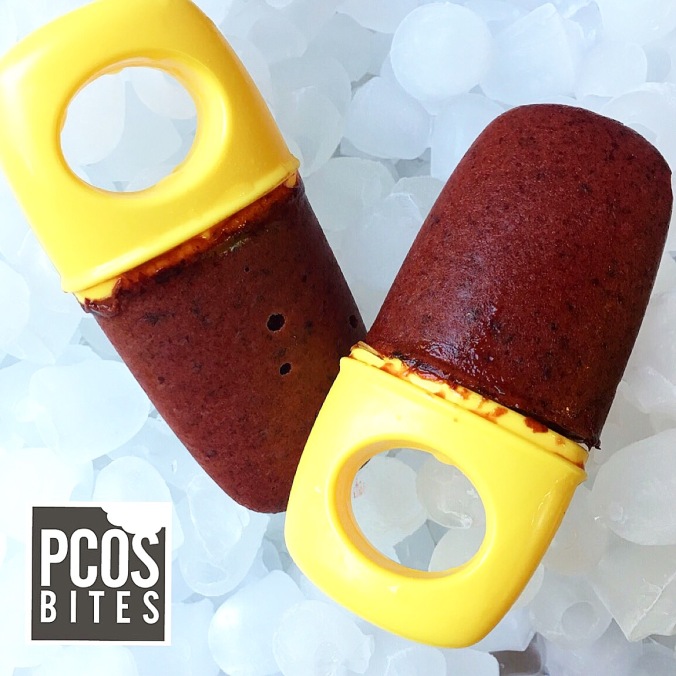 Snack: Beat that sweet craving with these sweet and good for you Dark Cherry Pops!
Snack: Beat that sweet craving with these sweet and good for you Dark Cherry Pops!

